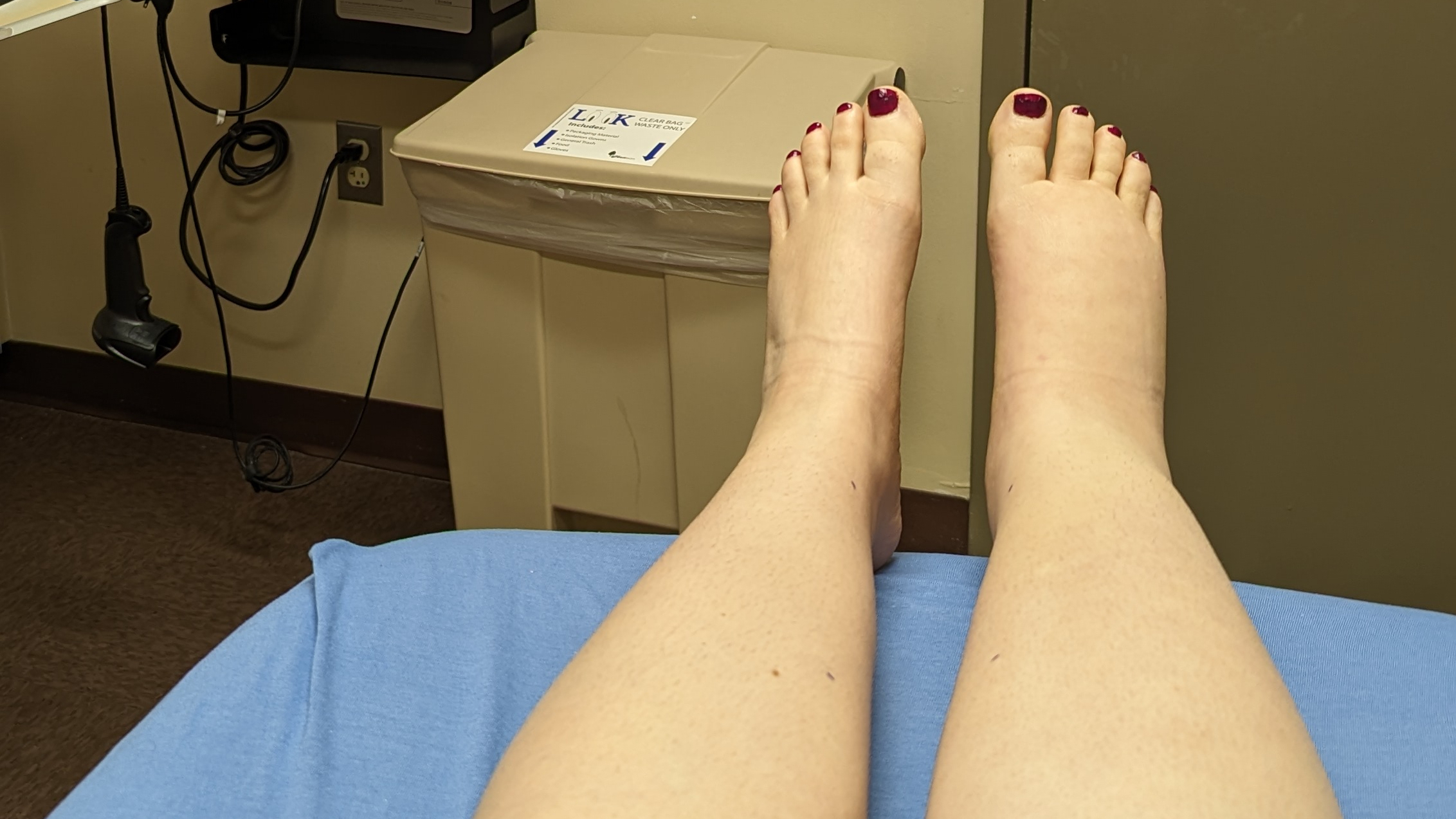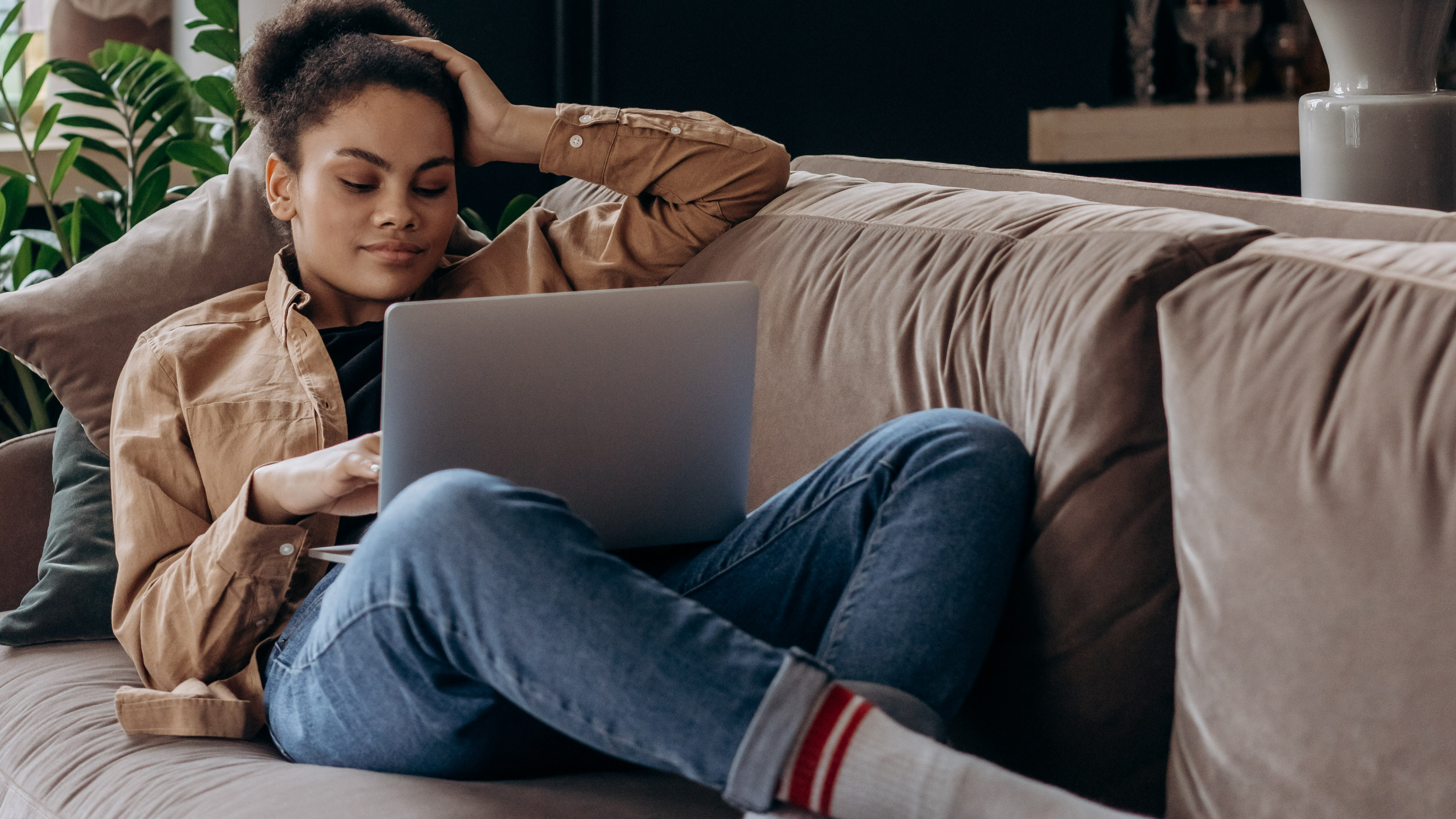In December 2019, a new strain of coronavirus called COVID-19 emerged in China and has rapidly spread, causing outbreaks around the world.
It’s been officially declared a pandemic, and as the number of confirmed cases rise, so do the questions: What is the coronavirus, and how does it spread? What can I do to protect myself and others?
And for us lymphies, does having lymphedema put us at an increased risk?
Before we get into it, I want to reiterate that I am not a healthcare professional of any kind. This blog post is not meant to be diagnostic, nor a thorough explanation of COVID-19. If you are experiencing any symptoms, please call your doctor and seek medical attention.
I’d also like to reiterate that this health event is rapidly evolving, with new information coming out almost daily. Throughout this post are various resources — I recommend checking those for up-to-date information on COVID-19.
What is the coronavirus, and how does it spread?
Coronaviruses are nothing new: they’re a large family of viruses that can cause illness in animals or humans. These viruses are known to cause respiratory infections ranging from the common cold and pneumonia to more severe diseases like Severe Acute Respiratory Syndrome (SARS).
This particular infectious disease, known as COVID-19, is caused by the most recently discovered coronavirus.
The main symptoms of COVID-19 are cough, fever, and shortness of breath; in rare cases, it can lead to severe respiratory problems, kidney failure, or death. The virus is spread from person to person through small droplets expelled from the nose or mouth, like through coughing and sneezing.
Symptoms seem to show up between five to fourteen days after exposure to the virus. However, some people become infected but don’t develop any symptoms or even feel unwell. Those most at risk are older people and folks with underlying medical problems like high blood pressure, heart disease, cancer, lung disease, or diabetes.
As of this writing, diagnosis is confirmed with a laboratory test. There are no specific treatments or vaccine for the virus, although they’re in development; for now, patients with COVID-19 are treated with supportive care to relieve symptoms.
According to the World Health Organization, most people (about 80%) recover from COVID-19 without needing special treatment.
This video offers a really great, easy-to-understand explanation of how this particular type of coronavirus works and how it affects the body:
Resources about the coronavirus and the current outbreak
- Johns Hopkins University Coronavirus Resource Center
- World Health Organization Coronavirus Updates
- Centers for Disease Control and Prevention Coronavirus Situation Summary
- Map of Coronavirus COVID-19 Global Cases by the Center for Systems Science and Engineering at Johns Hopkins University
Does lymphedema put me at an increased risk for the coronavirus?
The short answer is no: lymphedema alone does not make you more susceptible to the coronavirus.
The Lymphoedema Support Network (LSN) points out that the only exception would be those with extensive lymphatic abnormalities involving the chest and lungs, and have generalized immune deficiency. These cases, however, are very rare.
The main line of defense against COVID-19 is frequent and thorough handwashing, but if you wear a compression glove or sleeve, this may prove difficult. The LSN consulted with a number of compression garment manufacturers and put together a wonderful fact sheet of helpful strategies for maintaining hand hygiene with upper extremity lymphedema, including:
Wash your garments daily. It’s best to check your garment’s washing instructions, although most can be machine washed and dried on the gentle cycle, or air dried.
If you have access to disposable gloves, wear those over your compression glove while out of the house to prevent your compression from becoming contaminated. Carefully remove and dispose of the glove once you’re at your destination.
Carry a spare compression glove or garment with you, safely sealed in a plastic bag. If you’re concerned that the glove you’re wearing may have been contaminated, carefully change into the clean glove while putting the dirty one in the bag until it can be washed.
It may be cumbersome or inconvenient to remove your compression glove every time you need to wash your hands; you can reconcile this by using hand sanitizer on your fingers as needed. The LSN says hand sanitizer will not damage compression garments, so no need to worry if you get any on your glove.
Keep your hands and skin moisturized. With all the handwashing and sanitizing, your skin may become dry and cracked, which can put you at risk for infections like cellulitis.
Resources for lymphedema and the coronavirus
- The Lymphoedema Support Network COVID-19 fact sheet
- COVID-19 y linfedema – Asociación Madrileña de Afectados de Linfedema
What can I do to protect myself and others?
Most cases of COVID-19 are mild, but even if you show few or no symptoms, you can still spread the virus to others.
Preparedness isn’t so much about ourselves as it is about our neighbors and community: even if you think you won’t get sick or that it wouldn’t be “that bad” if you did, you could transmit the virus to someone vulnerable who could become seriously ill. It’s our responsibility to do what we can to prevent that from happening.
Basic preventive measures include:
- Washing your hands frequently — and thoroughly! A vigorous wash for 20 seconds with warm soap and water is best, but hand sanitizer (anything with over 60% alcohol content) will do if you don’t have access to a sink.
- Maintaining social distance by avoiding crowds or staying home as much as possible. If you’re around people, stand at least six feet away from them (that’s the safest radius from infectious droplet spread). If you can work from home, do it: some workplaces, my own included, are instituting telework protocols for employees.
- Avoiding touching your eyes, nose, and mouth. If you’re a nail-biter, now may be a good time to kick that habit.
- Practicing respiratory etiquette. Cover your mouth and nose with a tissue or your elbow when coughing or sneezing.
- Staying home if you’re feeling unwell, and seeking medical care early if symptoms worsen. This isn’t a time to take chances.
- Stocking up on food and essentials. If you’re self-isolating or quarantining, you want to make sure you and your family are well-stocked with things you need. Use grocery delivery services like InstaCart, Amazon Fresh, or Peapod if possible to avoid crowded stores.
- Staying informed through credible resources. Information about COVID-19 is constantly changing, so check in with health organizations for up-to-date, accurate information.
Prepare, don’t panic! For more ideas on do’s and don’ts, I highly recommend visiting FlattenTheCurve.com.
Right now this pandemic is everybody’s problem. Not everyone is able to self-isolate or work from home; for many, they cannot afford to stock up on weeks’ worth of groceries or take time off work. Schools and day cares are closing, causing even further disruption. Businesses are temporarily closing and events are being cancelled, leaving people out of work. Everyone is affected, and we must remain mindful of that.
As the virus continues to spread, healthcare systems around the world are becoming rapidly overwhelmed — they’re operating far beyond capacity, trying to care not only for COVID-19 cases but all the other patients, too. These large-scale preventive measures are meant to “flatten the curve” of the epidemic, which allows health systems to cope and for scientists and researchers to develop effective vaccines and treatments.
In the midst of all this, please try to stay hopeful. Tend to your mental and emotional well-being, and the well-being of others. If you’re feeling anxious or scared, reach out to someone. There’s a long road ahead, but we’ll get through this — together.
Resources for coronavirus prevention and preparedness
- World Health Organization’s advice for the public
- Johns Hopkins Medicine Coronavirus microsite
- Guidance from Julie McMurry, M.P.H.
- Coping with Stress During COVID-19 Outbreak (PDF from WHO)
- Helping Children Cope with Stress During COVID-19 Outbreak (PDF from WHO)




Leave a Reply to Kate BattenfeldCancel reply